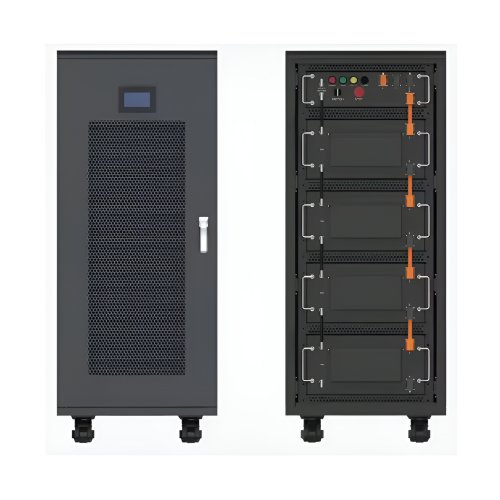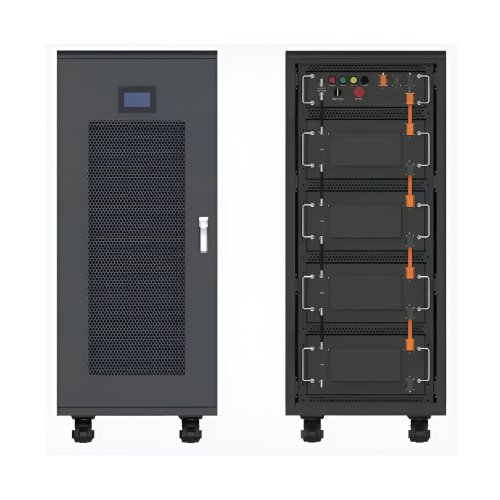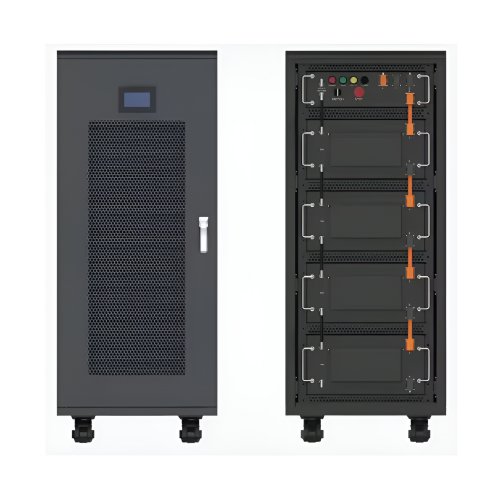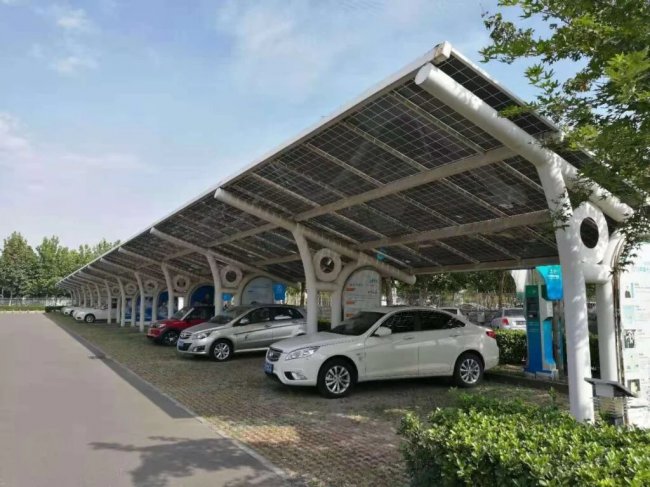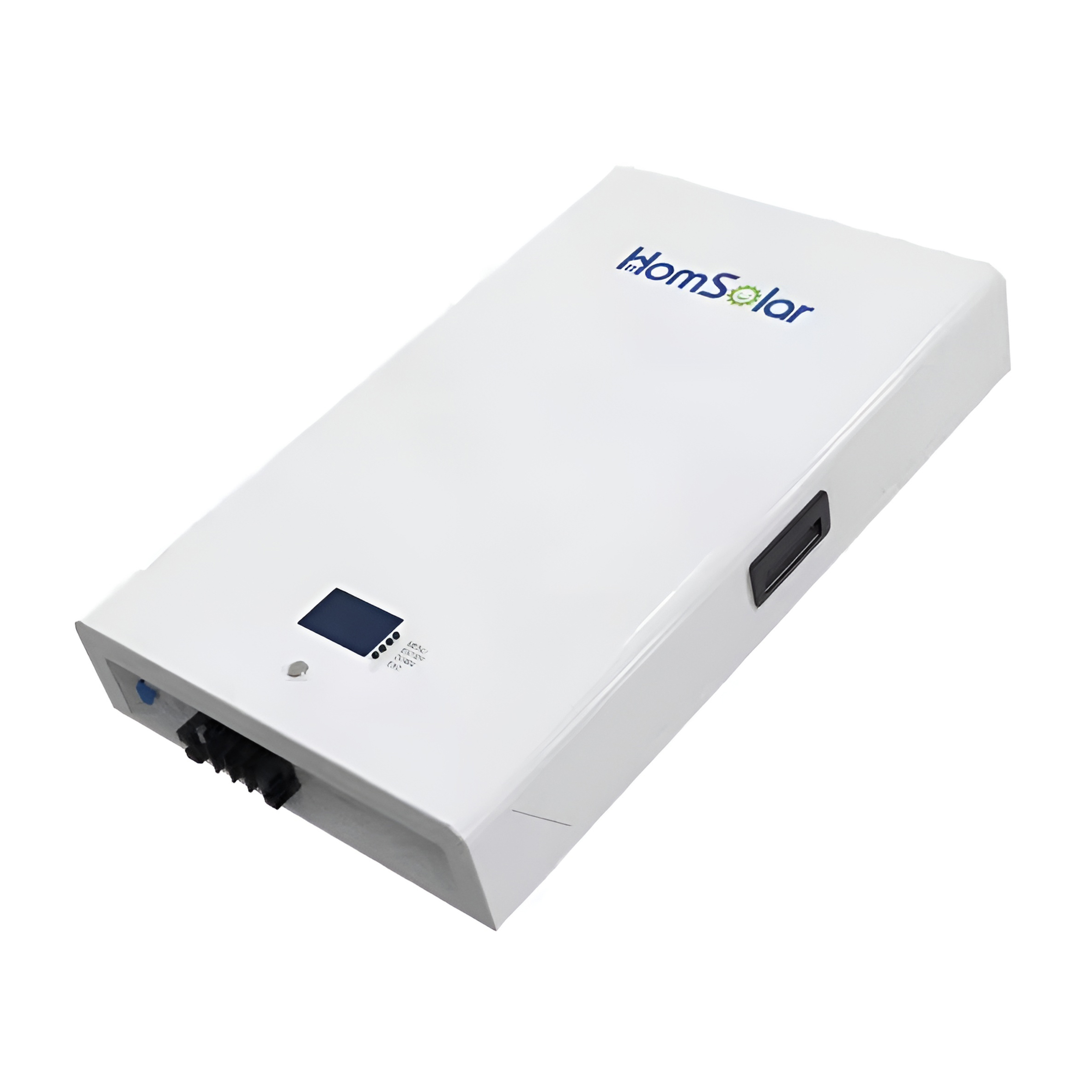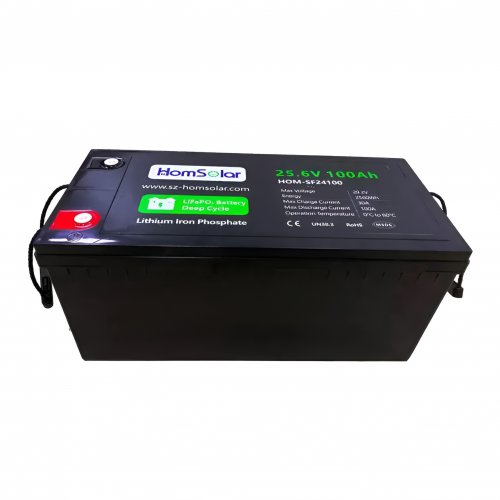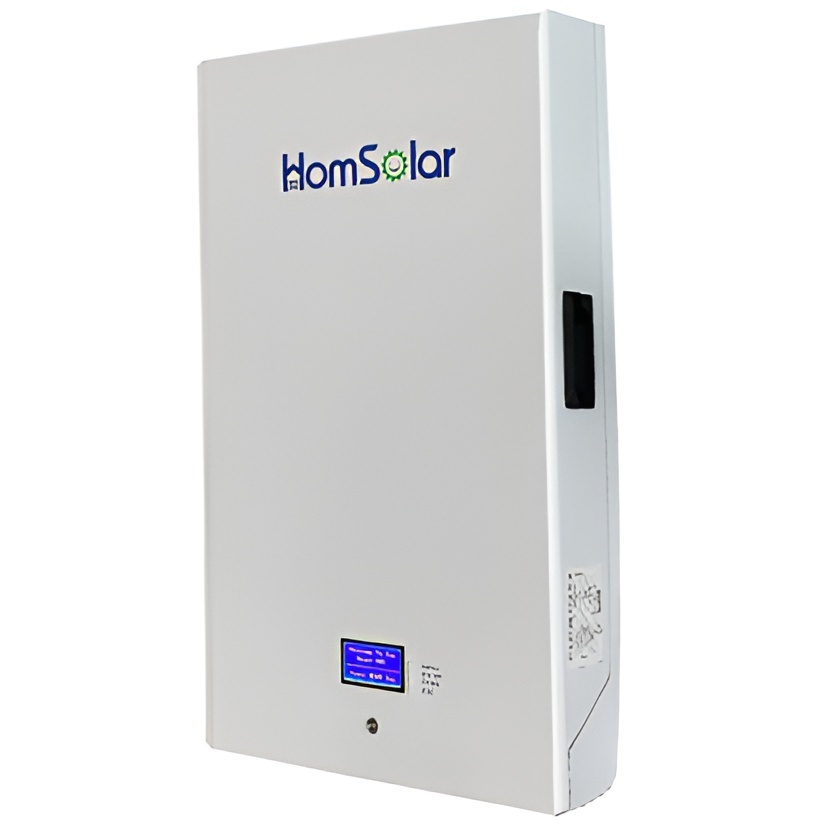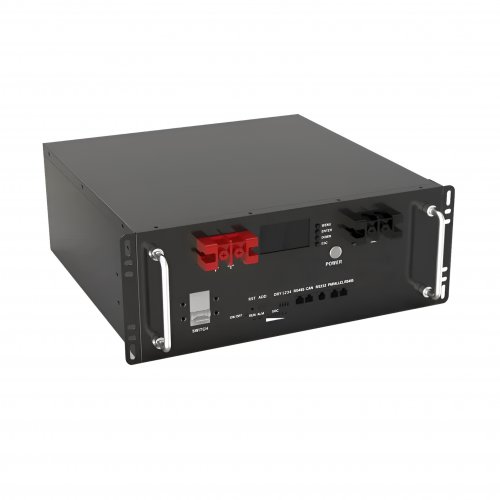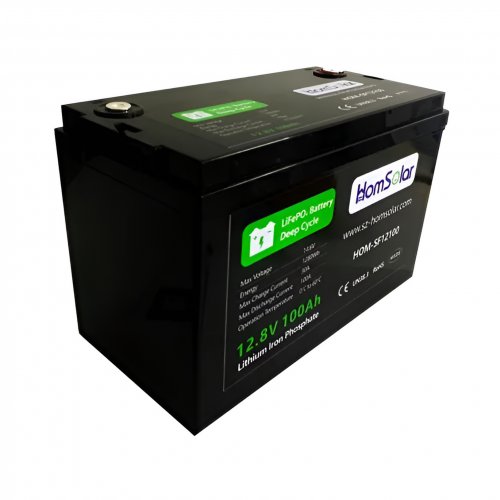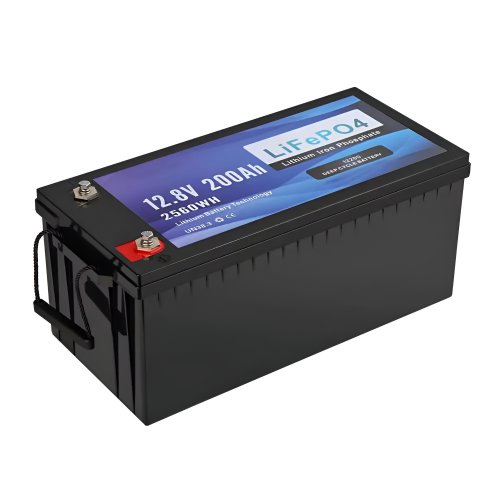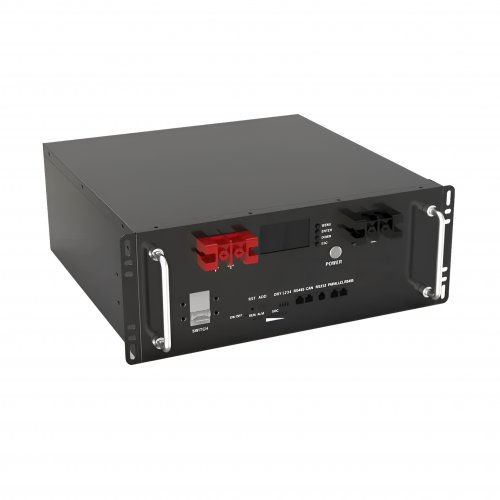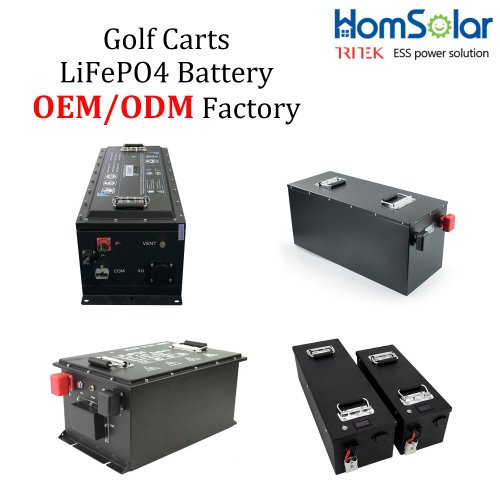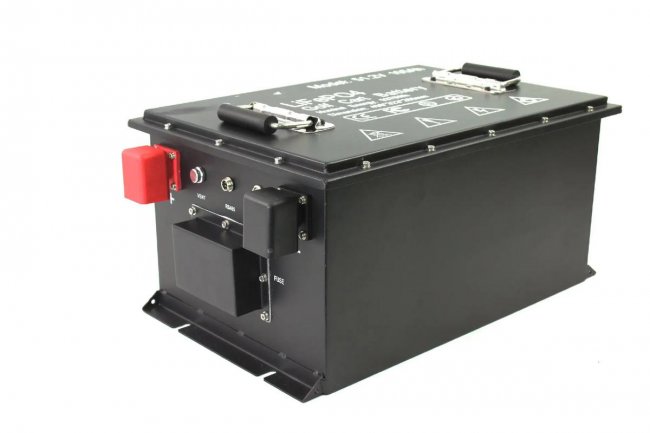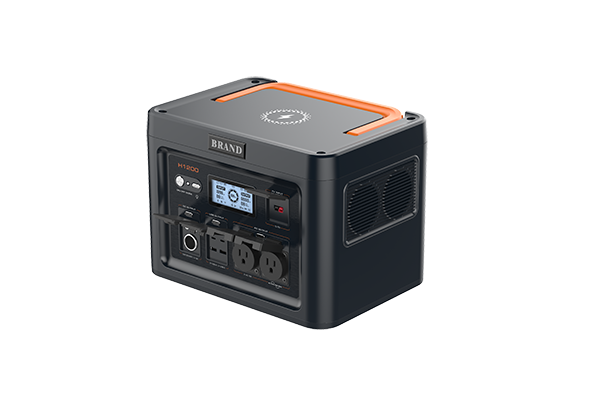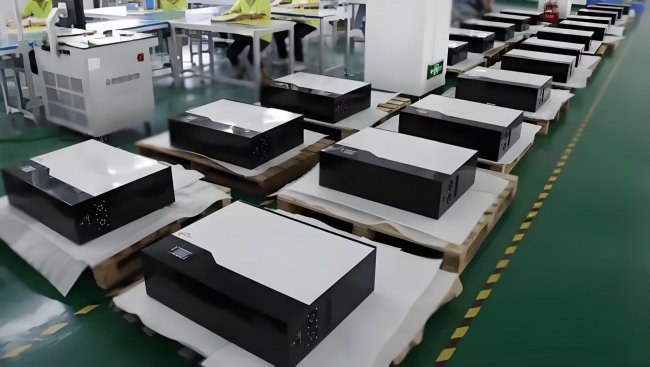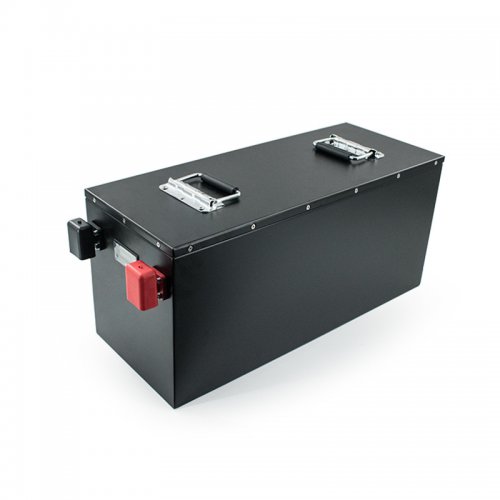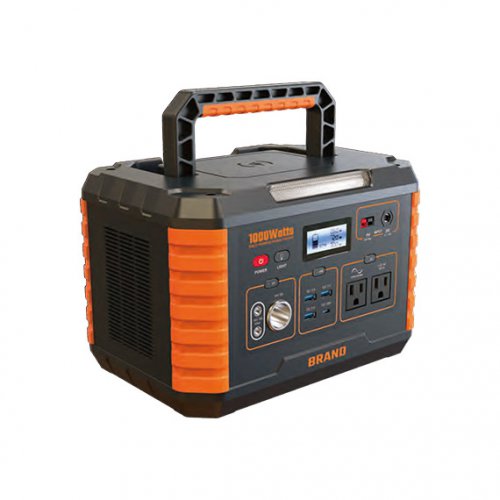Lithium Iron Phosphate Batteries News: Surging Demand And Innovations Reshape The Energy Storage Landscape
The global energy storage market is witnessing a paradigm shift as lithium iron phosphate (LiFePO4 or LFP) batteries gain unprecedented traction. With their superior safety, longer lifespan, and cost-effectiveness, LFP batteries are increasingly becoming the preferred choice for electric vehicles (EVs), renewable energy storage, and industrial applications. This article explores the latest industry developments, emerging trends, and expert insights on the future of LFP technology.
Recent months have seen significant advancements in LFP battery production and adoption. In China, the world’s largest LFP battery market, companies like CATL and BYD are ramping up production to meet soaring demand. CATL recently announced a new LFP battery plant with an annual capacity of 80 GWh, while BYD’s Blade Battery—a compact LFP design—continues to dominate EV sales.
Meanwhile, Western manufacturers are catching up. Tesla has expanded its use of LFP batteries in its entry-level Model 3 and Model Y vehicles, citing lower costs and reduced reliance on nickel and cobalt. Ford and Volkswagen have also announced plans to integrate LFP batteries into their future EV lineups.
In the energy storage sector, LFP batteries are increasingly replacing traditional lead-acid and even some lithium-ion variants. Companies like Sonnen and LG Energy Solution are deploying LFP-based home and grid-scale storage solutions, driven by their thermal stability and longer cycle life.
1. Cost Competitiveness LFP batteries are inherently cheaper to produce than nickel-manganese-cobalt (NMC) batteries due to their cobalt-free chemistry. With raw material prices fluctuating, automakers and energy storage providers are prioritizing LFP to mitigate supply chain risks. Analysts predict LFP batteries could undercut NMC prices by 20-30% by 2025.
2. Safety and Longevity Unlike other lithium-ion batteries, LFP cells are highly resistant to thermal runaway, making them ideal for applications where safety is paramount. Their cycle life—often exceeding 4,000-6,000 cycles—also makes them a cost-effective solution for long-term energy storage.
3. Policy and Sustainability Push Governments worldwide are incentivizing LFP adoption through subsidies and stricter safety regulations. The U.S. Inflation Reduction Act (IRA) offers tax credits for domestically produced LFP batteries, accelerating local manufacturing. Similarly, the EU’s Green Deal emphasizes sustainable battery materials, further boosting LFP’s appeal.
4. Technological Innovations Research into improving LFP energy density is yielding promising results. Startups like Our Next Energy (ONE) are developing advanced LFP chemistries that rival NMC batteries in range while maintaining cost and safety advantages. Silicon anode integrations and solid-state LFP variants are also under exploration.
Dr. Elena Rodriguez, a battery researcher at MIT, notes,“LFP batteries are no longer just a low-cost alternative—they’re becoming a mainstream solution. Their thermal stability and ethical sourcing make them indispensable for the energy transition.”Industry analyst James Carter of BloombergNEF adds,“By 2030, we expect LFP batteries to account for over 40% of the global lithium-ion market, driven by EVs and stationary storage. The challenge now is scaling production outside China.”
Despite their advantages, LFP batteries face hurdles. Lower energy density compared to NMC limits their use in high-performance EVs, though ongoing R&D aims to bridge this gap. Additionally, Western manufacturers must secure a stable supply of lithium and phosphate to reduce dependence on Chinese-dominated supply chains.
The rise of lithium iron phosphate batteries marks a transformative phase in energy storage. With their unmatched safety, affordability, and sustainability, LFP batteries are poised to play a pivotal role in the global shift toward electrification. As innovation accelerates and production scales, the industry must navigate supply chain and technological challenges to fully realize LFP’s potential.
For now, one thing is clear: LFP batteries are no longer the underdog—they’re leading the charge.
Customized/OEM/ODM Service
HomSolar Supports Lifepo4 battery pack customization/OEM/ODM service, welcome to contact us and tell us your needs.


HomSolar: Your One-stop LiFePO4 Battery Pack & ESS Solution Manufacturer
Our line of LiFePO4 (LFP) batteries offer a solution to demanding applications that require a lighter weight, longer life, and higher capacity battery. Features include advanced battery management systems (BMS), Bluetooth® communication and active intelligent monitoring.

Customised Lithium Iron Phosphate Battery Casing
ABS plastic housing, aluminium housing, stainless steel housing and iron housing are available, and can also be designed and customised according to your needs.

HomSolar Smart BMS
Intelligent Battery Management System for HomSolar Energy Storage System. Bluetooth, temperature sensor, LCD display, CAN interface, UART interface also available.


Terminals & Plugs Can Be Customized
A wide range of terminals and plugs can be customised to suit the application needs of your battery products.

Well-designed Solutions for Energy Storage Systems
We will design the perfect energy storage system solution according to your needs, so that you can easily solve the specific industry applications of battery products.



About Our Battery Cells
Our energy storage system products use brand new grade A LiFePO4 cells with a battery lifespan of more than 4,000 charge/discharge cycles.



Applications in Different Industries
We supply customized & OEM battery pack, assemble cells with wiring, fuse and plastic cover, all the cell wires connected to PCB plug or built BMS.
Applications: E-bike, Electric Scooter, Golf Carts, RV, Electric Wheelchair, Electric Tools, Robot Cleaner, Robot Sweeper, Solar Energy Storage System, Emergency Light, Solar Power Light, Medical Equipment, UPS Backup Power Supply.
We can provide you with customized services. We have the ability to provide a vertical supply chain, from single cells to pack/module and to a complete power solution with BMS, etc.


HomSolar (Shenzhen) Technology Co., Ltd







